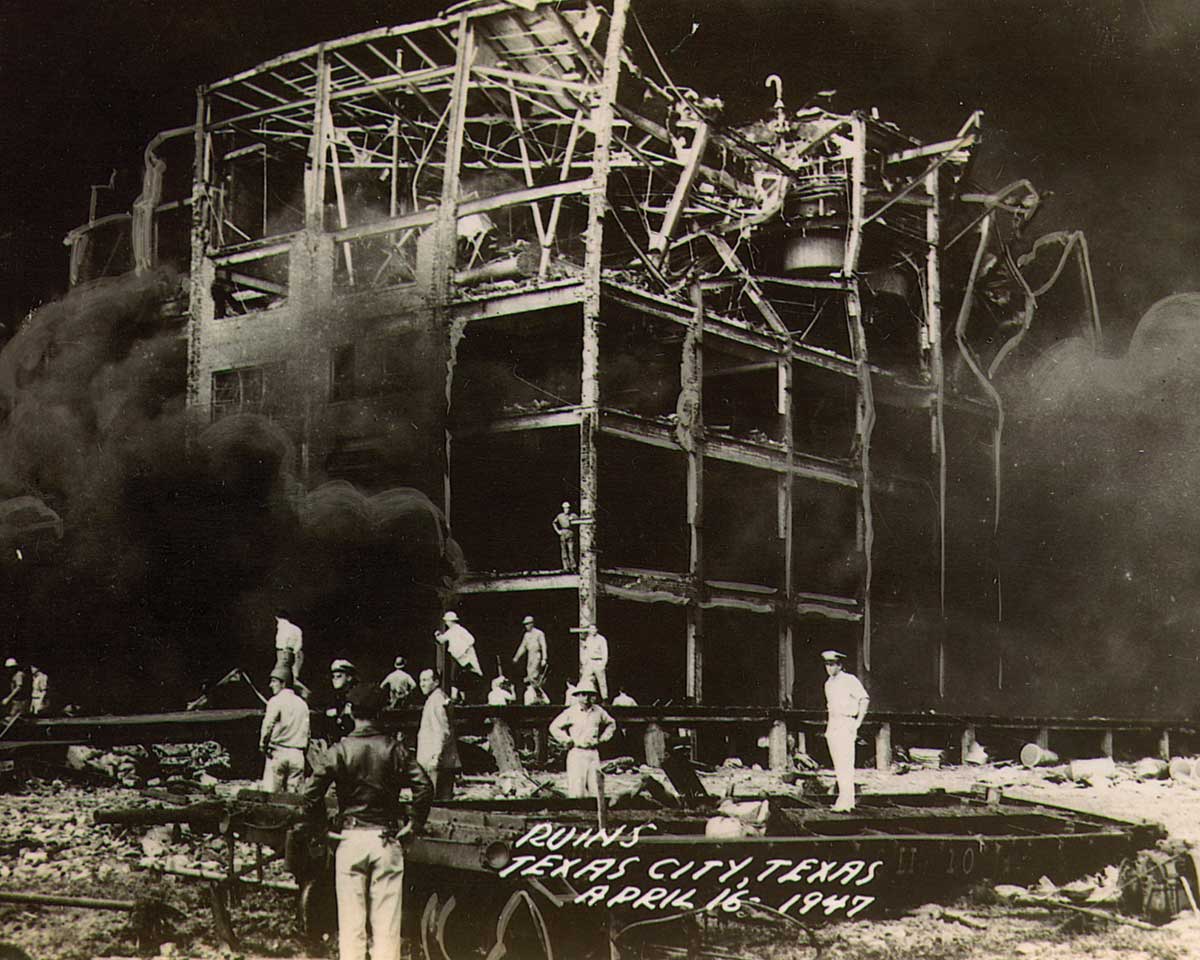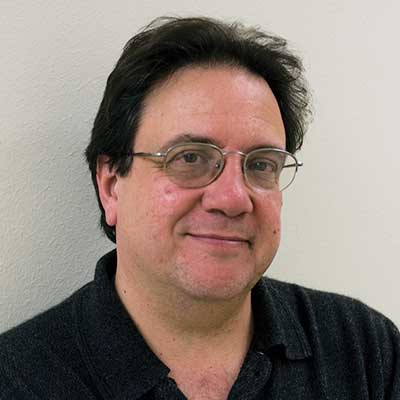Several years ago, I received a message that just didn’t seem right: An indomitable and indestructible Texan, someone so brave it felt like he could live forever, had passed away.
He was a former soldier who had fought in some of the deadliest moments of World War II. And then, after surviving the ravages of battle, he and others had stared down what some have called the greatest human-made tragedy of 20th-century America—an event that came to be called the Texas City disaster.
Curtis Trahan had lived through so many things that it wasn’t all that unusual to assume he could march on and on. But his family let me know that he had indeed succumbed. They wondered if I would speak at his memorial service.
Of course, I agreed—while knowing it would be virtually impossible to give proper tribute to him and all the other ordinary folks in Texas City who displayed unyielding courage, empathy and humanity during the most profound tragedy imaginable.
Tall and soft-spoken, Trahan was mayor of the small port town near Houston on April 16, 1947. That morning, as kids and families gathered to watch firefighters tackle what seemed like a small fire on a dock, there was suddenly a massive explosion.
It was what some imagined an atomic bomb blast to be like. Others simply thought that Judgment Day had abruptly arrived.
The earth rumbled and shuddered, oceangoing ships were heaved out of the water, buildings collapsed, airplanes were sucked from the sky—and hundreds of men, women and children instantly perished. Almost every member of the Texas City Fire Department was killed in the blink of an eye. Dozens and dozens of people were never seen again.
The final numbers were debated, but it appears that the Texas City disaster killed as many as 500. It’s possible that more died but were never accounted for, and another 5,000 were injured. Dozens of human remains went unidentified.
Despite unrelenting fires, carnage and chaos, hundreds of people, including Trahan, raced to the scene. They organized rescue efforts, comforted the wounded and asked for help from lawmakers in Austin and Washington. They refused to sleep, marshaled volunteers and demanded answers for the pained community. So many Texans and more than a few souls from out of state stayed for weeks and months on end to treat the victims, donate blood, clear the rubble and help families search for loved ones.
The FBI arrived to investigate whether it had been some sort of attack. Soldiers were sent to restore order. Frank Sinatra agreed to do a fundraiser. Hundreds of cars, homes and buildings needed repairs. The financial toll, in today’s dollars, would reach into the billions. Scientists were in awe at how the detonations were felt dozens of miles away in Houston and even registered on measuring devices in other states.
The blast was ultimately deemed an accident. One theory held that a carelessly tossed cigarette had set fire to tons of ammonium nitrate fertilizer sitting in the hold of a ship. It was, ironically, fertilizer that the United States was sending to Europe to nourish war-ravaged farms and speed the healing of a decimated continent.
Investigations and court cases would stretch on for years, circling around whether or not more could have been done to warn the good people in Texas City that the bags and bags of fertilizer were not just lifesaving—they were also deadly.
Ammonium nitrate was already well-recognized by then to be both a powerful fertilizer and explosive. Bombmakers used it in World War I, and later, terrorists also sought it out. The compound was used by Timothy McVeigh to blow up a federal building in Oklahoma, and in 2013, there was an explosion at a fertilizer facility in West, Texas, that led to 15 deaths.
Now, as another aching anniversary for the Texas City disaster approaches, I think of the last conversation I had with Trahan. For many long years, he had watched as the stricken city rebuilt bit by bit. Businesses eventually reopened, the freighters came back, and school classes and church services resumed.
But for Trahan and others, the wounds from the Texas City disaster never went entirely away. He and many more had seen too much, endured so much, for the mental and even physical scars to truly vanish.
We sat in his little home, and he talked about how he had first moved to Texas City because he thought it would be a quiet place to raise a family. That he had run for mayor so that anyone from any race or background would be treated the same.
He said that when hell on earth came to his little town, he simply did what he had to do. What he believed most people would do: You race to rescue your neighbors. You pull them from the rubble. You give them balm, hope and resolve.
And then Trahan waved his hand and suggested quietly that he hadn’t done anything that merited remembering.
Later, when I spoke at his memorial service, I tried to convey the essence of that final visit with Trahan. How a disaster can reveal both courage and humility—and how you often don’t have to look very far to find everyday angels.
Some reside right next door.



